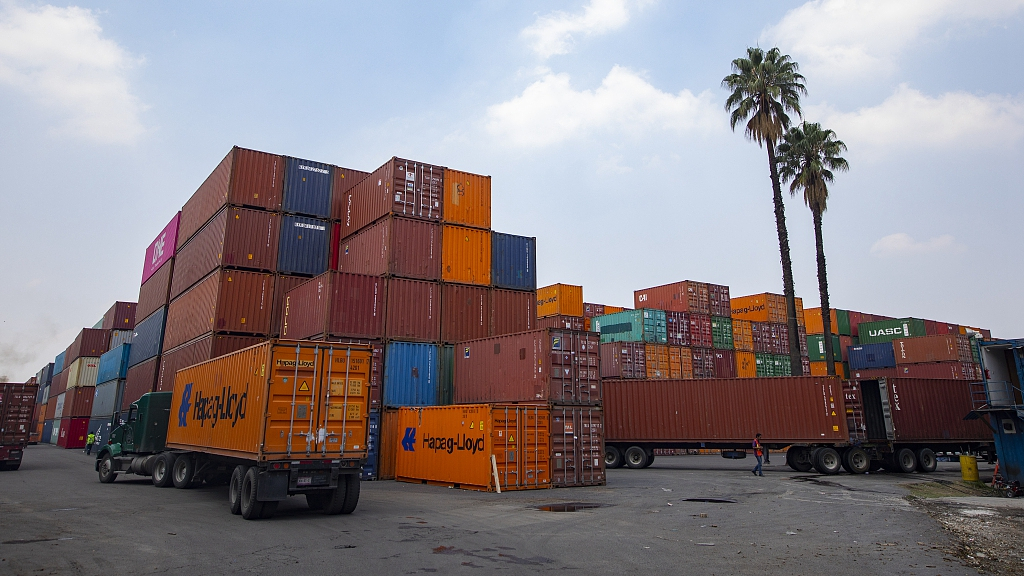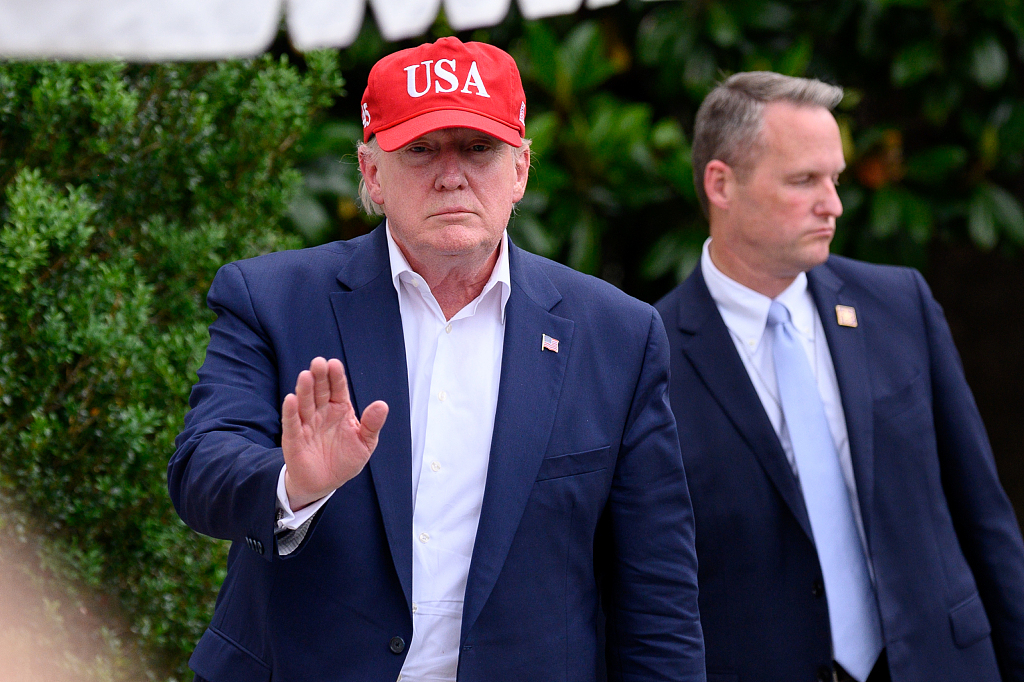
Opinion
08:34, 09-Jun-2019
What can be learned from the U.S.-Mexico tariff dispute?
Ryan Patel

Editor's Note: Ryan Patel is a senior fellow with Drucker School of Management at Claremont Graduate University, the U.S. The article reflects the author's opinion, and not necessarily the views of CGTN.
The latest news has the U.S. and Mexico reaching an agreement to avoid the tariffs that would have been placed on all goods from Mexico by the U.S. It came down to the wire and you can say there was a lot of drama – but it looks like the worst might be over for now. Still, there were a lot of takeaways from the dispute. Here are a few:
First of all, Mexico takes a calm approach. Without a doubt, the U.S. has the leverage and the upper hand in this discussion – so many might have expected Mexico to be more vocal and more aggressive in the media.
But to combat these tariffs that caught all by surprise, Mexican President Andrés Manuel López Obrador, took the calm and positive approach in the battle. He did not want to be confrontational and from the start, he felt that there was a deal to be struck, and he was right.
Feeling it would do more harm than good to the U.S. economy and U.S. citizens, Democrats came out swinging in the media – warning President Trump that Congress would challenge him on the tariffs.
And there was strong rhetoric within Trump's own political party – with Republicans not supporting his stance and not answering the “what if” questions or engaging to speculate on ramifications if the tariffs went through.
Although it was a relatively short period of uncertainty, Congress members from the southern-border states were also feeling the tension – especially with more noise coming internally, from the U.S. side, than from Mexico.
Moreover, auto and food industries also felt the heat. It did not take long for the business community to react, especially the auto and agricultural sectors.

U.S. President Donald Trump arrives at the White House after a trip to Europe, Washington DC, United States, June 7, 2019. /VCG Photo
U.S. President Donald Trump arrives at the White House after a trip to Europe, Washington DC, United States, June 7, 2019. /VCG Photo
With significant supply chain and parts based in Mexico, both GM and Toyota, among others, were vocal about top-line revenue decreasing and the cost of goods increasing. Both companies had internal memos warning their employees and dealerships of the huge impact the tariffs would cause.
You even had Chipotle step forward and outline the disruption to its business and its potential to increase the cost per food item, should these tariffs become permanent. It should be acknowledged that executives from these multi-national corporations do not make these statements lightly and will only lay them out to the public when it is necessary.
Therefore, the full tariffs would have not only had an effect on companies, but on entire industries.
Last but not least, it is worth considering whether the tariffs are a tool or weapon. With the use of tariffs in this situation, some new precedence might be starting to be laid out.
President Trump, who has called himself Mr. Tariff Man, has fit the bill as the aggressor in using the tariff power to his advantage. In this case, his intention was geared as a weapon to engage a change on border security and immigration policy between the U.S. and Mexico.
At this point, it is undeniable that Trump's tariff trick on Mexico has, to some extent, worked; but, down the road, the possibility of repercussions from these tactics may not be forgotten.
(If you want to contribute and have specific expertise, please contact us at opinions@cgtn.com.)

SITEMAP
Copyright © 2018 CGTN. Beijing ICP prepared NO.16065310-3
Copyright © 2018 CGTN. Beijing ICP prepared NO.16065310-3